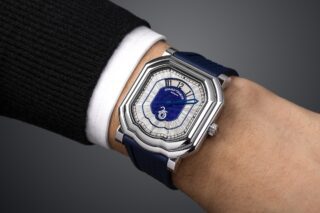This website uses cookies so that we can provide you with the best user experience possible. Cookie information is stored in your browser and performs functions such as recognising you when you return to our website and helping our team to understand which sections of the website you find most interesting and useful.
Blenheim Palace: the extraordinary history of the UK’s only non-royal palace
By Antonia Keaney | 30 October 2021 | Culture, Lifestyle, Travel
We take a look inside the astonishing centrepiece at the heart of the 2,000 acre Blenheim Estate
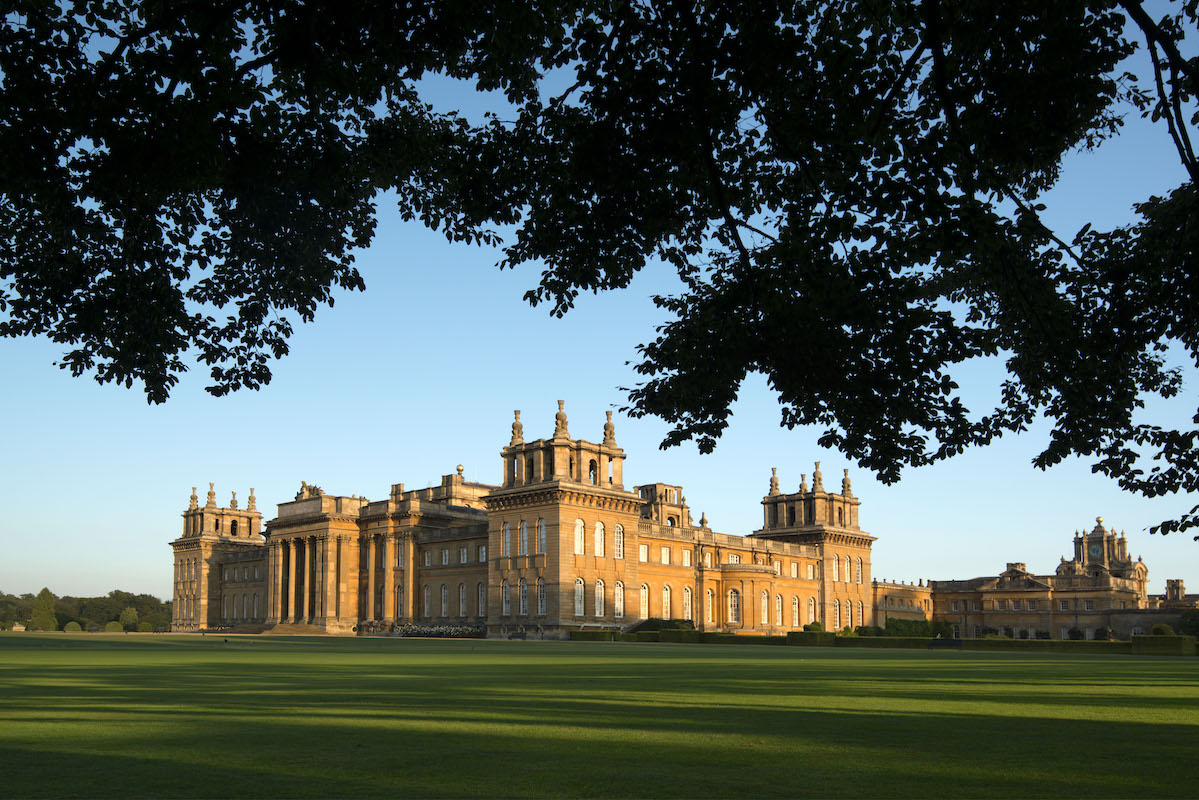
"We have nothing to equal this…”
These words were uttered by George III when visiting the 4th Duke of Marlborough at his Blenheim Palace home in 1786. At the end of his visit to the vast Oxfordshire landmark, the King hurried away and set about transforming his own relatively modest home into the Buckingham Palace we know today.
Blenheim Palace is unique – not only as the only non-royal, non-ecclesiastical palace in the UK, but also because of its designation as a Unesco World Heritage site. Designed by former playwright Sir John Vanbrugh, the money to build the Palace and the surrounding 2,000 acres of land were a gift to John Churchill, the 1st Duke of Marlborough, from Queen Anne and a grateful nation, after he had led the nation to victory during the War of Spanish Succession in the early 1700s.
Churchill’s wife Sarah, the indomitable duchess, was also, for some time at least, beloved by Queen Anne – she was The Favourite portrayed by Rachel Weisz in the Oscar-winning 2019 film of the same name. Blenheim’s fortunes changed frequently; a period of prosperity and improvements in the mid-18th century – Lancelot Brown having realised the ‘Capability’ of the landscape – was followed by hard times in the early 19th century when the bailiffs were called in to seize the assets of the resident 5th Duke, who had been careless of his wife and his vast fortune, and so was reduced to living off whatever game might be found roaming his lands.
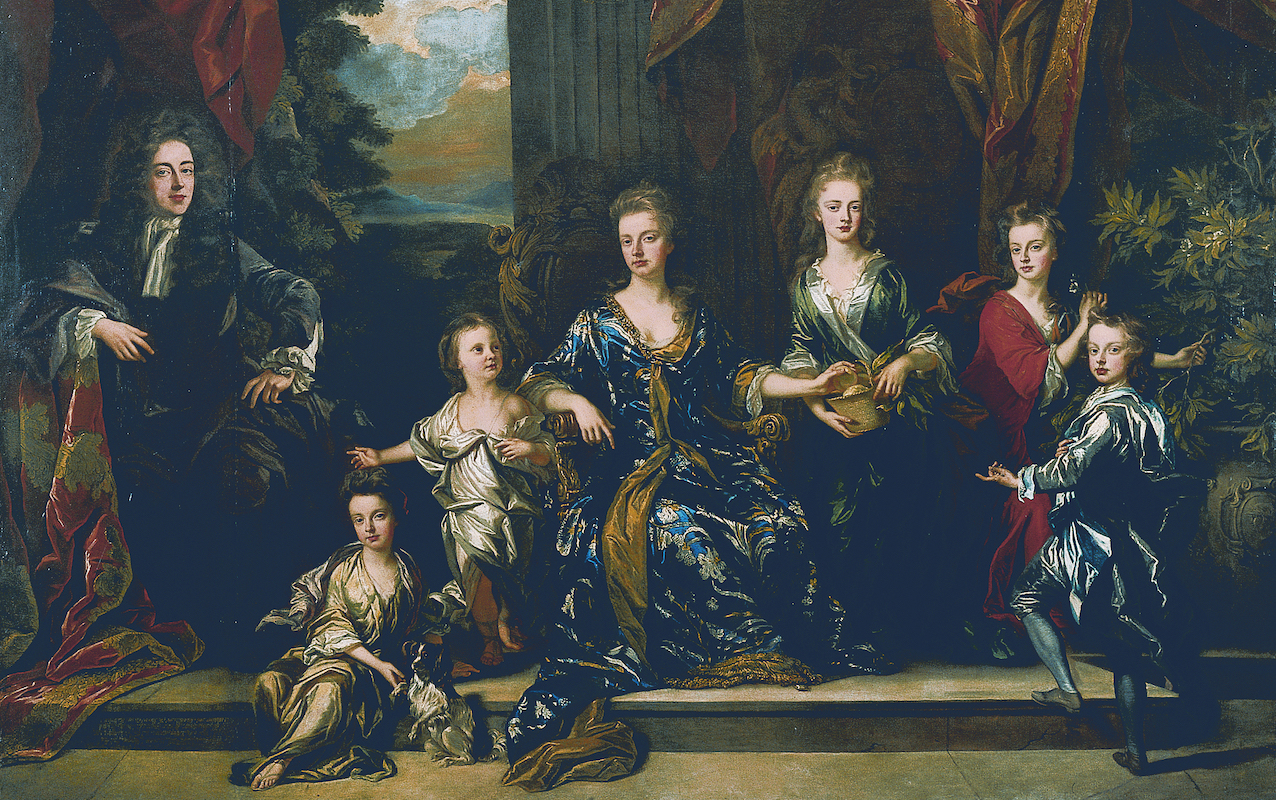
A period of relative calm ensued, punctuated by the unexpected birth of future Prime Minister Winston Churchill in 1874, while his grandparents, the 7th Duke and Duchess, were managing Blenheim Palace and all its inhabitants with an unflinching Victorian hand.
When Winston’s cousin became the 9th Duke of Marlborough in 1892 he realised that, in order for Blenheim to thrive and survive, he would have to follow the path taken by many of his fellow aristocrats and set off for America in search of a ‘dollar princess’. He secured the hand of heiress Consuelo Vanderbilt.
Despite her initial protestations, Consuelo was persuaded to accept the young duke’s proposal, thus securing a welcome injection of funds which was spent on restoring and improving the Palace – funds which continued to be spent well into the 1920s, long after the Duke and his wife had separated.
The 1930s saw another major change in Blenheim’s fortunes with the outbreak of the Second World War. During the Great War, Blenheim had been used as a convalescent home. Under Sister Munn’s care, soldiers suffering from the devastation and trauma of battle slowly regained their strength and enjoyed their glorious surroundings. During the Second World War, life couldn’t have been more different.
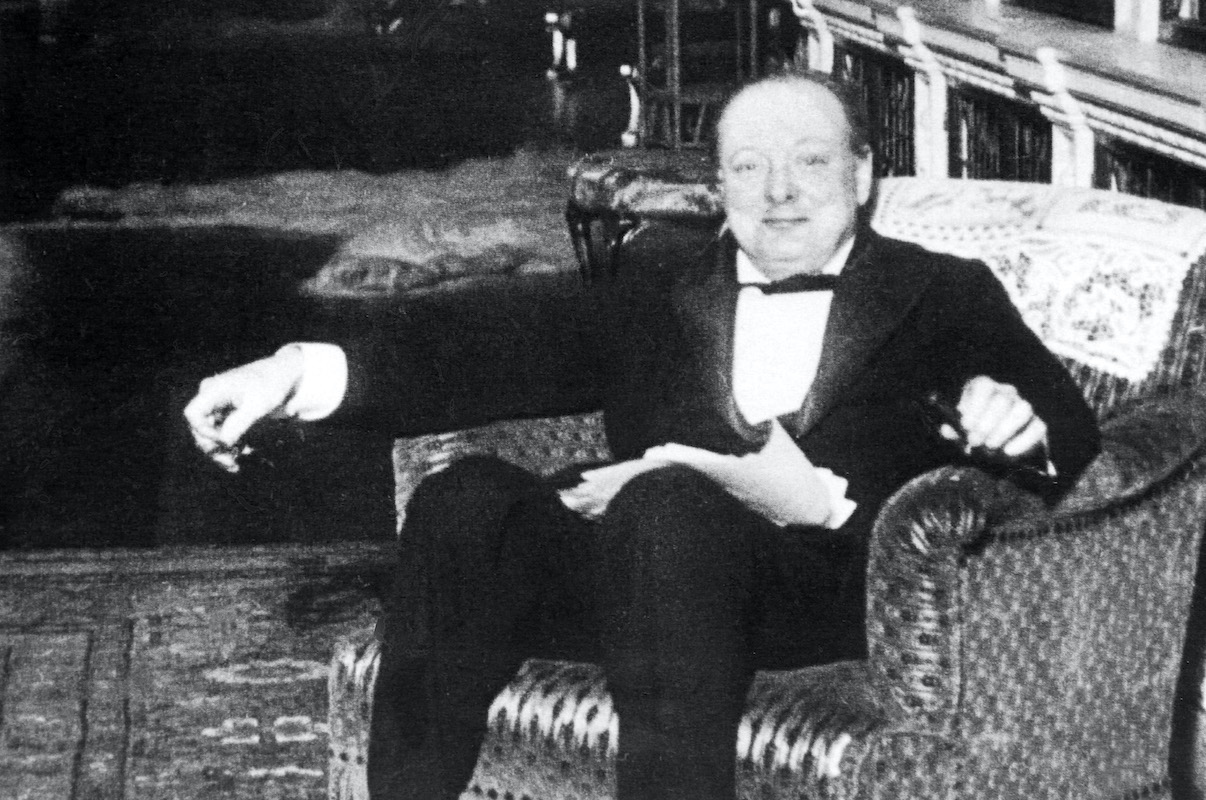
The 10th Duke and Mary, his formidable Duchess, prepared for Blenheim to be invaded by 400 Malvern Schoolboys who spent the first academic year of the war eating, sleeping and being educated at Blenheim. They departed in July 1940 and were soon followed by the government’s Security Service – MI5.
MI5’s headquarters had been damaged in the Blitz so, after a temporary stay at Wormwood Scrubs, the HQ was transferred to Blenheim Palace; a welcome change for the hundreds of workers involved. The Palace corridors and state rooms soon echoed with the sound of typewriters, trolleys and telephones.
The most pressing job of the ladies of MI5 was to rebuild ‘the registry’ – the database containing information on key figures that had been lost in the bombings. So vital was this to Britain’s war effort that Winston Churchill himself kept a careful eye on the work being carried out at his ancestral home.
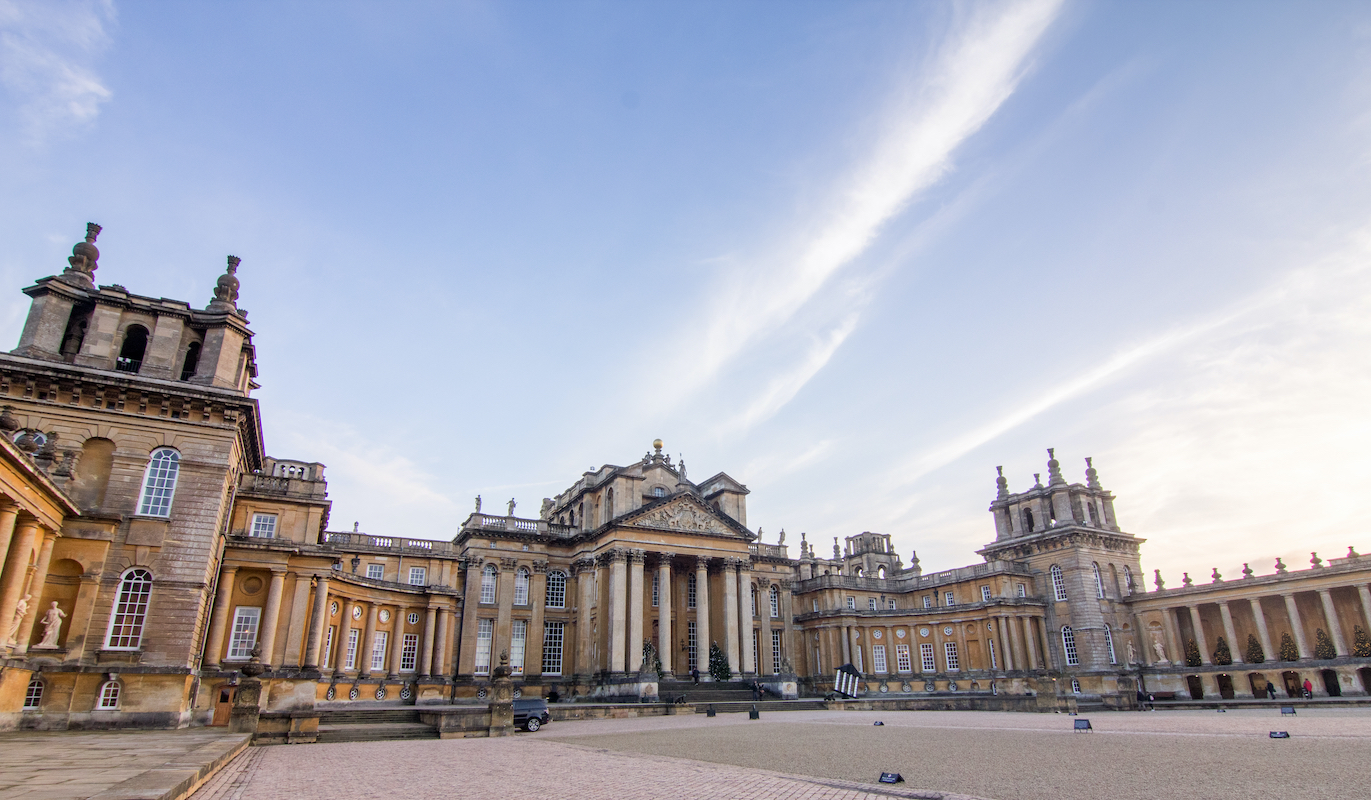
It’s now 71 years since the 10th Duke and Duchess took the decision to open the the historic home and gardens to the public, and today we welcome visitors from all over the world. There’s something for everyone and always something new to enjoy – 2021 has seen the opening of a new Winston Churchill exhibition plus an exhibition in the magnificent Palace Stables, highlighting the role horses have played in the life of the Palace and its inhabitants.
Next year will mark the tercentenary of the death of the 1st Duke of Marlborough and we will be hosting a series of events and displays throughout the year in order to mark the importance of the other great Churchill in our nation’s history.
Plan your visit at blenheimpalace.com



